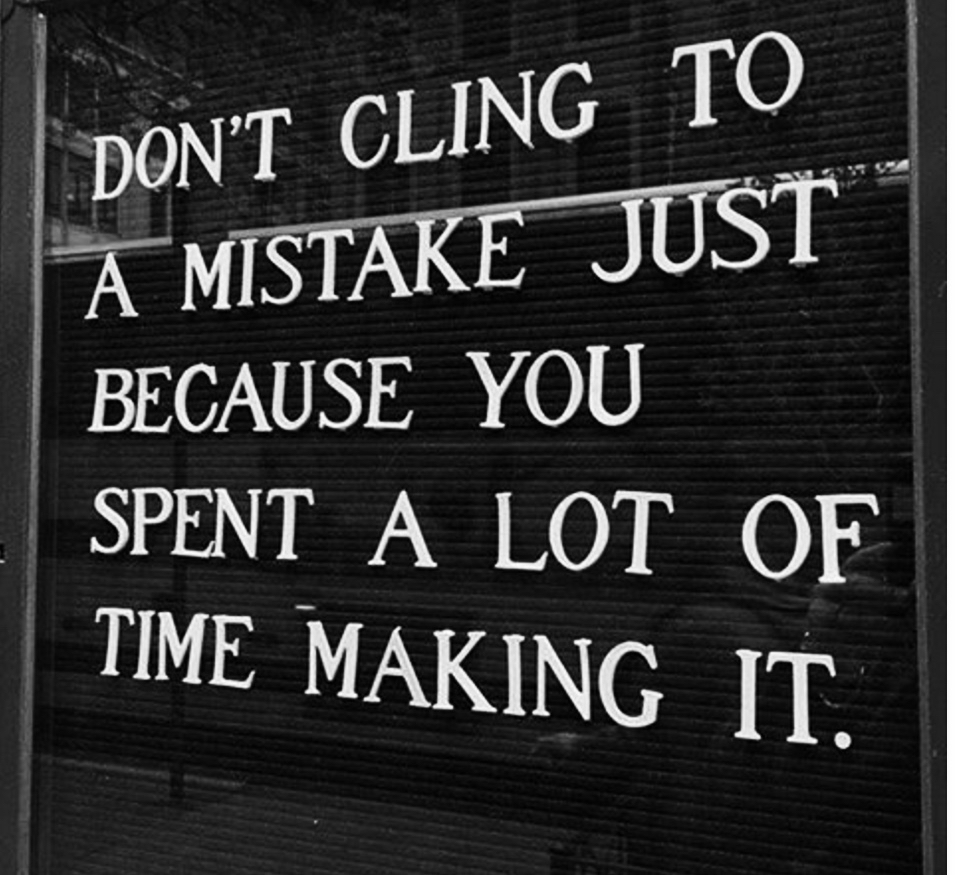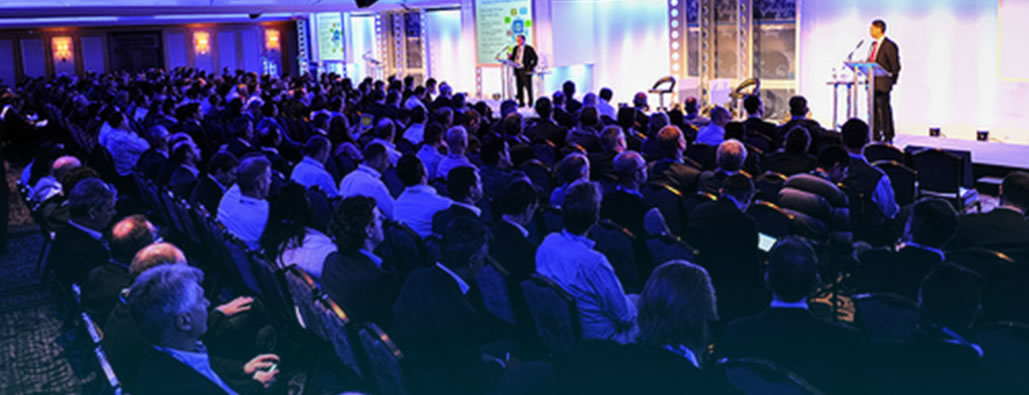By Annett Koegler, Co-founder at Santex, Mentor at Incutex
We all remember at least one of those moments when traffic seemed to be backed up for no reason. When you finally pass through the cause for all of this commotion, you find a small road construction. One worker is digging furiously in the hole and three or four coworkers are chatting and watching on. What follows next is the classic car conversation, “Really, do they need that big of a ‘mental’ support team?”
Let’s look a little further, at your office. How many coworkers do you know that hardly ever work while you run behind from one meeting after the other, from one deadline after the other? They seem to have endless time talking to others about life, drinking coffee, and staying up-to-date on Facebook.
It turns out that we are not alone – the same scenarios happen in the insect world. To be precise, in ant colonies, according to Eisuke Hasegawa, a professor at Hokkaido University in Japan.
On average about fifty percent of ants are absolutely doing nothing. They’re resting, grooming, or walking around.
How can colonies with such inefficiency survive and thrive? However, Hasegawa’s study, which was published in February 2016 in Nature, shows that colonies with a significant percentage of inactive workers are actually more resilient. They benefit from a reserve workforce to replace tired worker ants.
“In insect colonies, some tasks are considered to be so critical that they must be performed continuously. Once a catastrophic disaster happens, all active workers are to become completely fatigued simultaneously, so that no tasks can be processed by these active workers. If there are no inactive workers, no worker could engage in such crucial tasks, resulting in serious damage to the survival of the colony. However, if there are sufficient numbers of inactive workers with very high thresholds for task stimuli, they are capable of performing those crucial tasks when all active workers become completely fatigued due to the disaster. Then, the colony is effectively buffered from experiencing such dangerous conditions. Thus, colonies with a high proportion of inactive workers are likely to persist considerably longer than those without such a ‘failsafe’ system, even though the short-term productivity of such colonies becomes much lower than those with no inactive workers.”
This can also be applied to humans if we use the inefficiency as a backup power. A wise person once told me, if you want your project to be done on time and the most efficiently, give it to the laziest member in the team.

In today’s culture, we value work that is done fast, but is it better? You receive an important email in your mailbox and you want to answer it right away to show how productive and fast you are. How many times have you reread that email later and thought of all the things you forgot to add?
Thoughts and analyses need time, and for that we have to slow down, focus, and gain perspective. Otherwise we burn out and won’t have an inactive “ant” there to help us.
And in the case of the construction site, maybe you do need 4 workers to dig that hole. Imagine having to dig for hours to repair the problem and put the hole back together… alone, in 90F heat and no shade…
About the Author – Annett Koegler is the co-founder of Santex. Former web developer and now managing the global financial affairs of Santex. Growing up in Communist East Germany, building a company in the United States, Argentina and Peru, and living across multiple continents, her life is far from basic. If you can’t find her behind her desk or on the next airplane, she is running, paddle boarding or exploring some undiscovered parts of this world.





